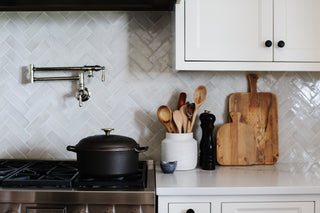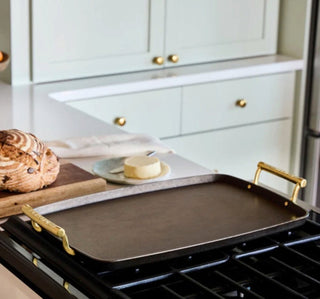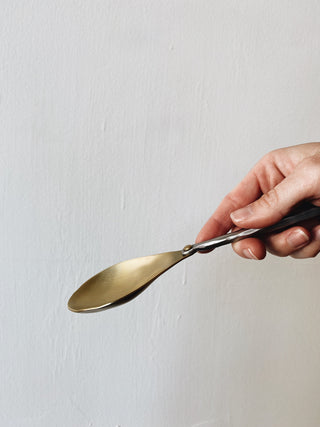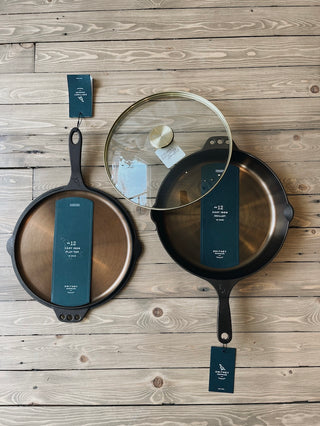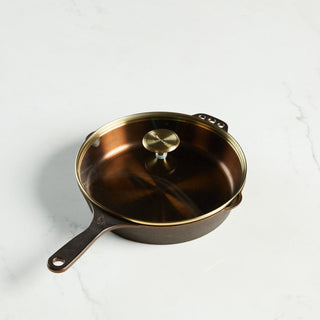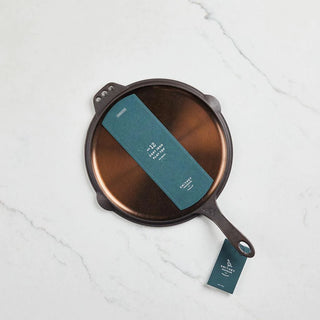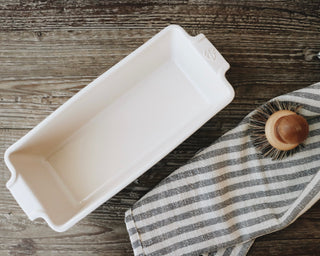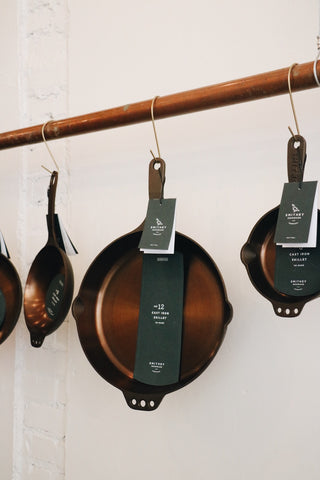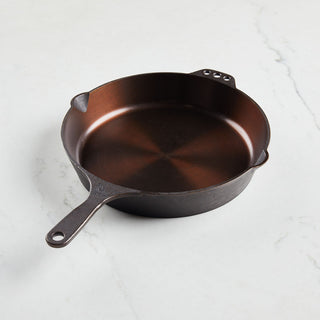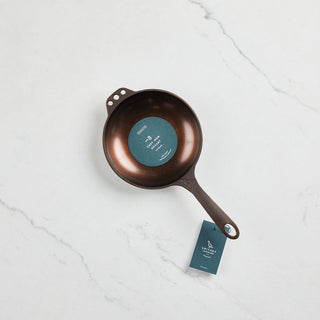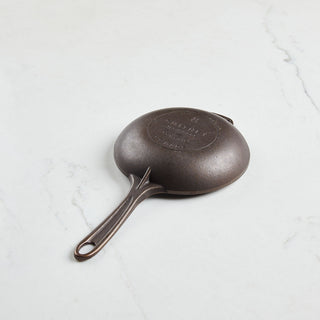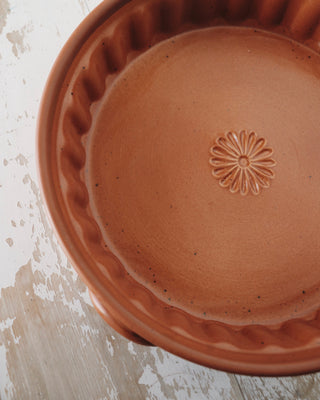Finding the right cookware for your kitchen
Whether you're whipping up a fragrant paella or a vibrant stir fry, the right cookware will ensure your food prep is stress-free and the end result is delicious. Before you take the plunge into the complex world of cookware, consider these factors:
Type
The type of cookware you buy will depend on the type of food you like to cook.
Material
There's stainless steel, aluminium, non-stick, silicone and more.
Size
A small frypan is ideal for eggs for one while a sauté pan will feed a whole family.
Features
From pouring lips to removable handles, choose cookware that suits your needs.
Stockpots to skillets - cookware types and categories explained
Cookware is a very broad category and it can get confusing to know exactly what you need to bring your culinary creations into existence! We've simplified things by arranging our selection into these easy-to-navigate subcategories:
This is where you will find frying pans, saucepans, woks, sauté pans, egg poachers, grill pans, crepe pans and more for cooking a wide range of delectable food.
Simmer, boil and bake in Dutch ovens, casserole pots, stock pots and French ovens.
A cookware set combines multiple items of various shapes and sizes into one convenient purchase.
A cast iron skillet or griddle provides even heat distribution and superior heat retention with a natural non-stick surface.
From non-stick roasting pans to cast iron and stainless steel, perfect Sunday roasts, cakes, puddings, veggies and much more.
Here you will find accessories to make cooking easier, including steamers, glass lids and splatter guards.
From non-stick to stainless steel and cast iron - various materials and coatings to choose from
Cookware comes in many different materials that are suited to different cooking styles and types of food. Here are some of the most common materials you will find and their advantages:
Stainless steel cookware is non-reactive and rust-proof. It also heats up quickly and is dishwasher-safe.
Hard anodized aluminum
This material is very sturdy, durable, non-reactive and won't rust over time.
Non-stick cookware is coated in a finish that releases food easily, prevents stuck bits and is easy to clean.
Cast iron cookware can withstand intense heat and retains it well for even cooking. It's also virtually indestructible and porous.
Silicone
Silicone cookware is flexible, non-stick and easy to clean.
Cookware sets vs. individual items - what's right for you?
If you're someone who cooks a lot or who loves to experiment with a wide range of cooking, a cookware set is an excellent investment. It will give you a variety of saucepans, frypans and specialized cookware in different shapes and sizes to save time and money. If you're a casual cook or tend to stick to one cooking style, buying items individually may be a more cost-effective option.
Features to consider when choosing cookware
These features can make or break your new cookware purchase. Consider whether they are important to your cooking needs before buying:
- Appearance + design - Stainless steel cookware is stylish and modern, cast iron is charmingly old-fashioned and enameled cast iron is typically bright and bold
- Flat base - A flat base will provide more even heat distribution
- Oven-safe - Oven-safe cookware can go from the stovetop to the oven to finish cooking
- Dishwasher-safe - A dishwasher-safe pot or pan makes cleaning up a breeze!
- Heat conductivity - This refers to how quickly cookware adapts to temperature changes. Copper, cast iron, and anodized aluminum are excellent heat conductors.
- Price - Should you start with the basics and grow your collection or do you have the budget to purchase an extensive professional cookware set?
- Durability - A durable piece of cookware will last you many years
- Reactivity - Reactive metal cookware can impart a metallic taste to food when cooking with acidic ingredients
- Maintenance - Stainless steel cookware is renowned for being easy to maintain while cast iron cookware needs to be seasoned to retain its non-stick surface
- Pouring lips - A lip will make pouring hot liquids safer and mess-free
- Stay cool handles + knobs - This will prevent accidental burns and injuries
- Lid - A lid is essential for steaming and great at keeping food hot for longer
- Hole in handle for easy storing - Save space by hanging these pots and pans on the wall
Other accessories to consider when buying your cookware
Level up your kitchen by adding these gadgets, accessories, and appliances to your collection:
Brands we know and trust - Smithey Iron Ware, Peugeot
Discover your new favorite brands in cookware that you can pass from generation to generation.
Buying online with Farmer's Daughter Homestead
Farmer's Daughter Homestead is an online boutique store that lovingly hand picks brands that will continue to have a place in your kitchen and family, no matter the trends that come and go. Add your favorites to a wishlist for later, surprise friends and family with a gift card on their birthday, or checkout today with free delivery over $250 North America -wide.
FAQs:
What are three types of cookware?
Cookware spans many categories but there are three types that every household is likely to have. Cooking pans are the most popular with basics like frypans, saucepans, woks, and sauté pans being commonly used. Cooking pots are also popular with Dutch ovens and casserole dishes being used to cook everything from beef stew to roast chicken.
What is the purpose of cooking ware?
Cookware is designed to help you cook any type of food you need. It comes in different shapes and sizes to suit different ingredients, from frying pans with shallow sides to flip eggs and pancakes to woks for stir fry and Dutch ovens for slow-cooked beef. With the right cookware, you can practice many cooking techniques, including frying, simmering, baking, poaching, boiling, sautéing, roasting, grilling, and much more.



